Find out about all the benefits of native wildflowers and why you should create a small space for them in your home. Save this article to Pinterest so you can refer back when planning your wildflower space!
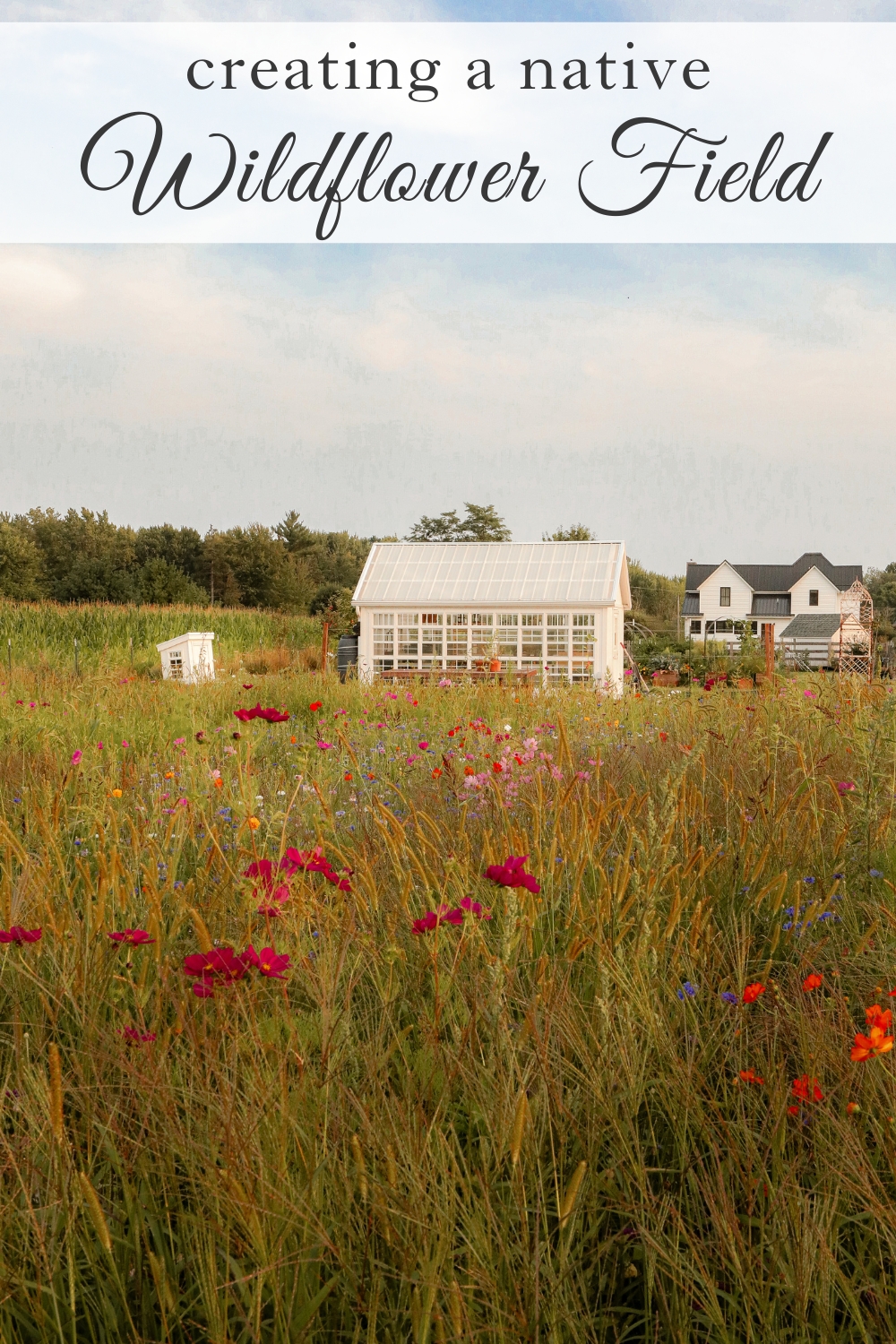
Our farm is about 7 acres. It’s a small space of land and we have only used about half of it while a farmer used the back acreage to plant feed corn, soy beans and winter wheat. A few seasons ago, we reclaimed about 100 feet of the space for our property so our donkeys could have more space to roam and we could work with the land. Eventually we will reclaim all of it for either animal space or to farm some kind of crop, but for now we’ve concentrated on creating small oasis spaces within the land that we have. Our garden is one such oasis space and this season we created another one by creating a space for native wildflowers.
When we created the garden I knew I would eventually want a space for native wildflowers. I wasn’t sure where it would end up but I loved the idea of having an edible landscape as well as a landscape beneficial to the planet that would works within the eco system. As the garden grew to include native fruit trees, rose bushes, sunflowers and more I really wanted to find a space for the wildflower field. When we added the 100 feet of space behind the green house we added a little patio there and I just knew that’s where the wildflower space belonged.
Getting the space ready
Our farmer neighbor has used the space for decades and has only rotated between feed corn, soy and wheat. The soil in that space was not in good shape. Not to mention, that space tends to be the soggiest during the rainy seasons and the driest during the dry seasons – so much so that his crops had trouble growing there. Kevin and I knew the soil needed work to support, well, anything really. So we tilled in the fall and I purchased 5 pounds of Michigan native wildflower seeds. We tilled in the spring and then used our donkey compost to provide some soil nourishment. Lastly, I spread the seeds out and waited. And waited some more.
Slowly but surely
In my head, I envisioned a gorgeous field popping up quickly. However, that’s not what happened. This year we had one of the driest springs on record since the early 1900s. Nothing was growing and I thought the native wildflower field was a failure, for certain. All that was growing was crab grass, which seems to have no issues growing in a drought. I watched as other weeds sprung up and milkweed (which is great for pollinators but grows here like, well, a weed.). I thought about mowing it all over multiple times and told Kevin to do it once. Luckily he ignored me and towards the end of July a little bit of magic started to happen. Slowly but surely wildflowers started poking through.
I’m not a very patient person so sometimes I get forget that gardening takes time. Gardening can be like life. Messy, slow and moving at its own pace. But that’s the beauty of it really. Just when you think all is lost, a little hope pops through. In this case, my hope came in the form of a red poppy and purple and pink Bachelor Buttons.
The Benefits of Native Wildflowers
So why did I want this space? Well, besides the fact that it’s pretty, it’s calming and it gives me flashes of scenes from Pride and Prejudice with Mr. Darcy walking through the mist, there are a lot of benefits to having native wildflowers in your garden space or even just around your home. They include:
It is all about the pollinators.
Native wildflowers are a perfect food source for pollinating insects. The leaves, the nectar and the pollen can all be utilized by the bees, butterflies and other insects. They are a food source for pollinating insects. Additionally they provide rich habitats for insects allowing for shelter and safe places to lay their eggs. The more pollinators in the world, the more our food gets pollinated. We need them. Giving them a safe space to live and thrive is the least I can do. This is my true No. 1 reason for creating a space for native wildflowers.
They improve soil health
When wildflowers become established, their roots spread and that helps with soil erosion. Stabilizing the soil can keep the nutrients in that space versus allowing them to be washed away. Certain flowers can even help put nutrients back into the soil.
They are easy to care for
Planting native wildflowers can be one of the easiest ways to add life to a bare spot or a trouble spot because they’re easy to care for. As long as you are planting native species (They should always be native to your area.), they will thrive in your zone because they are suited to do so. They don’t need winter protection or supplemental water very often. In fact, once established most native wildflowers won’t need much water from you at all. They will be equipped to deal with the conditions of your gardening zone.
Additionally, many wildflowers are perennials so they will come back year after year.
They improve air quality
Wildflowers produce more oxygen and remove carbon monoxide faster than traditional flowers. If you have a larger area of them they can also reduce the amount of mowing and need for any kind of fertilizer in the space which can create fewer greenhouse gas emissions.
They improve water quality
For the wildflowers growing along streams, ponds and wetlands, they will help to improve the water quality. Since they can help reduce soil erosion through the deep roots, this will help to keep the banks of water systems in place and they will be less prone to erosion. Those that can grow in very wet spaces like wetlands or even in water can also provide shelter and food for amphibians, turtles and fish.
As an added benefit, they can help absorb pollutants by preventing them for soil and contaminating ground water.
Native wildflowers help promote bio diversity.
Besides the insects that will be drawn to native wildflowers, other animals will also be drawn to the space. Birds and small mammals can feed on the seeds in the fall and winter when food becomes scare. While our wildflower are has a fence around it, in the fall and late winter we will open the gate to allow the deer to nibble on what’s still growing there too.
Red flowers will bring in hummingbirds especially, while the bees are drawn to yellow and the butterflies are attracted to the pink and purple flowers.
Which wildflowers are my native wildflowers?
When looking for seeds that are appropriate for your region, the producers have really made it easy. You can usually by a regional mix and the flowers within that mix will do well within your region. Some sites like Eden Brothers, which is where I ordered my mix, even have wildflowers curated by state. See if they have your’s {HERE}.
Where should you plant native wildflowers?
You don’t need a farm to include native wildflowers in your space. A small corner will do or even planters. They’re perfect for boarders around gardens to help bring in the pollinators to your vegetables and they can even be planted as part of a home landscape.
Native wildflowers can be planted in the fall or in the spring. If you plant in the fall you will see the blooms earlier in the spring than I did. In fact, you probably won’t have to wait until the middle of the summer for the first, pretty blooms to pop up. Also, just know that it can honestly take a few years for fields of flowers to be established. You can I can be patient together. 🙂
Looking for more gardening posts?
If you love to garden or are interested in learning more about gardening, visit these posts!
- How to plan a garden {HERE}
- Companion Planting: Flowers & Herbs that repel bugs in the vegetable garden {HERE}
- Tips for growing tomatoes from seeds to fruit {HERE}
- 18 Fall Vegetables {HERE}
- How to kill weeds and grass naturally in garden beds {HERE}
- Wildflower Seed Paper {HERE}
- Clay Plant Markers {HERE}
- Our Garden Tour from 2020 {HERE}
Thank you so much for visiting today, friends! I hope you love learning more about native wildflowers. Please come and follow along on both my Instagram channels @sugarmaplefarmhouse and @sugarmaplekitchen. Our YouTube channel is @sugarmaplefarmhouse too. Happy planting!
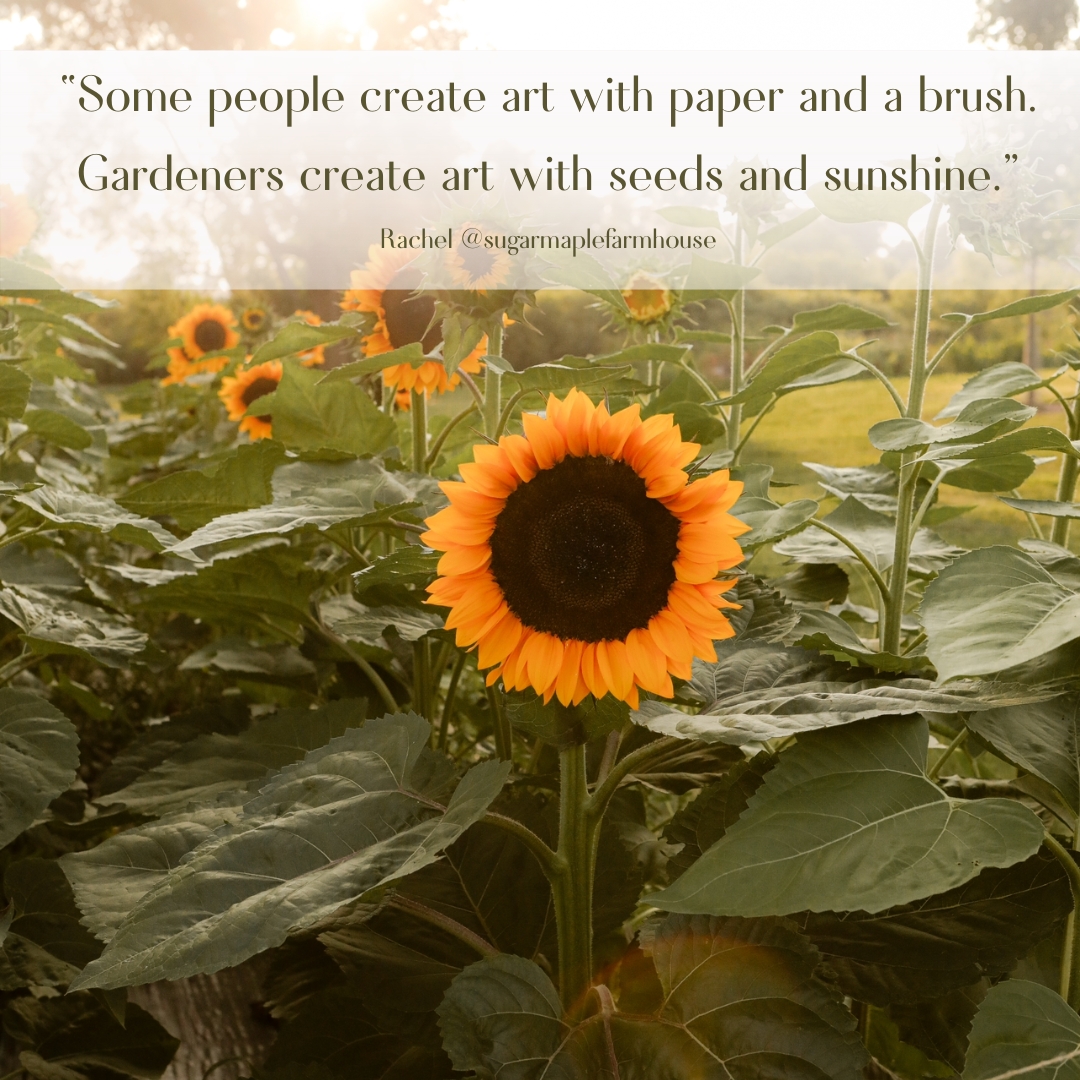
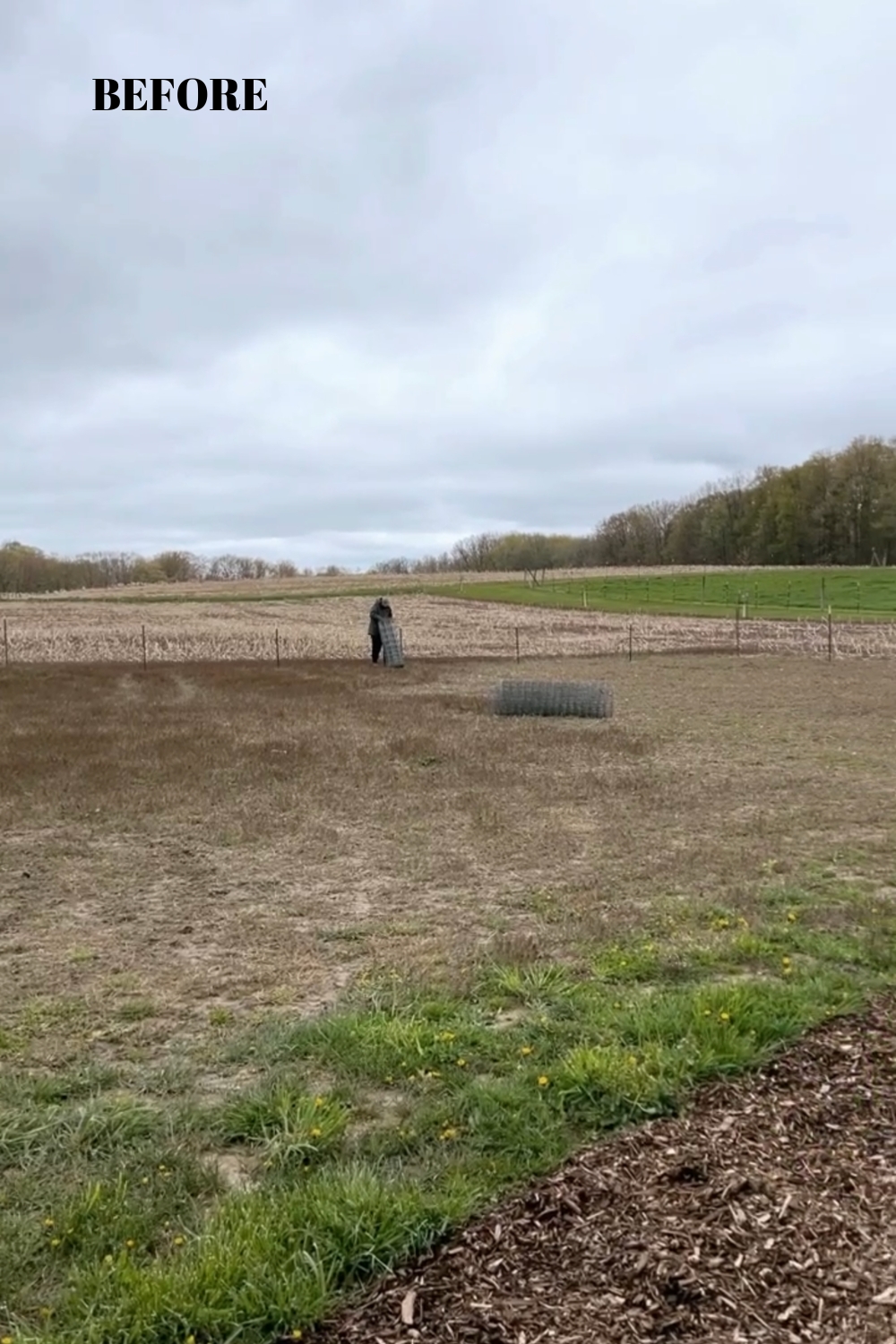
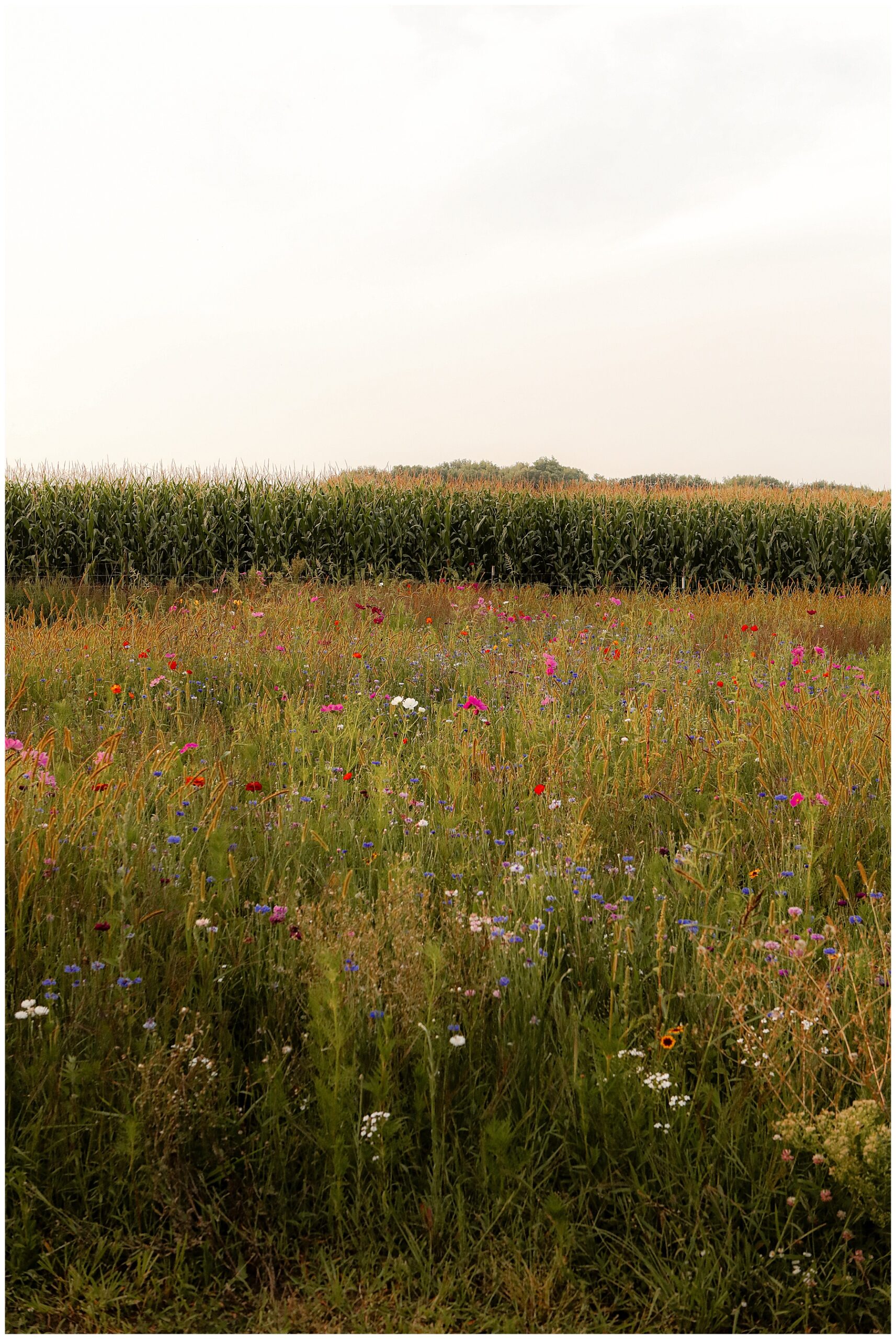
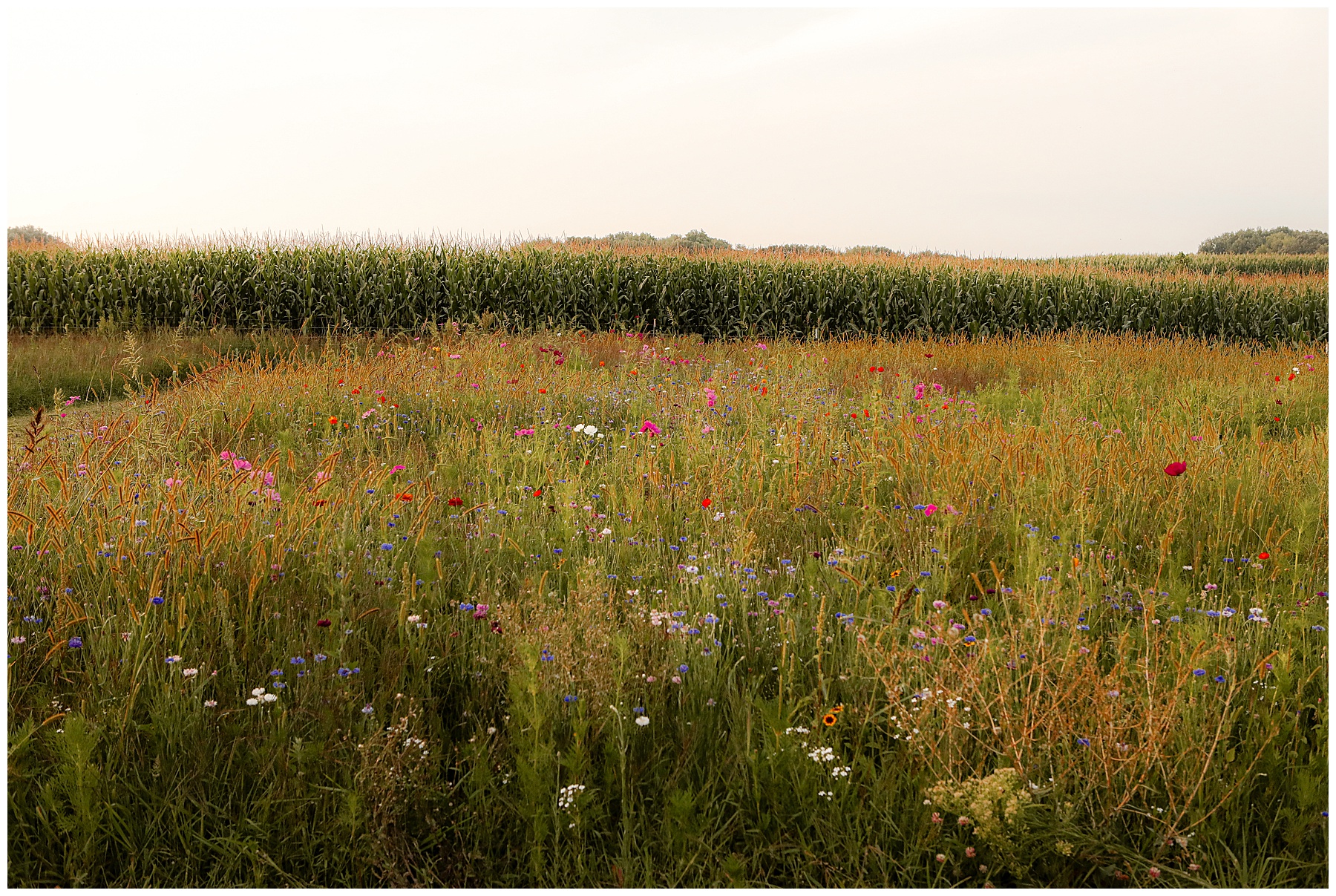
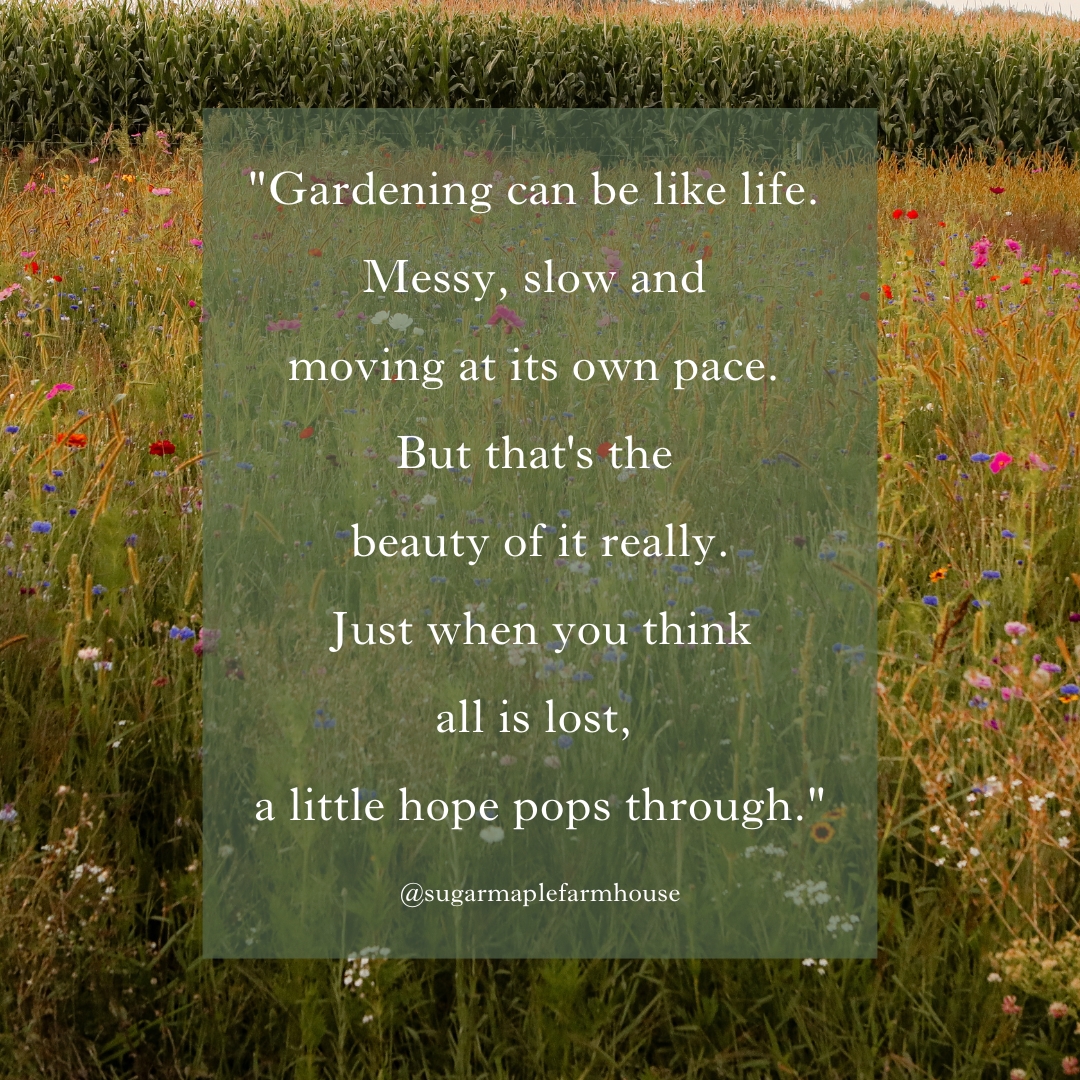
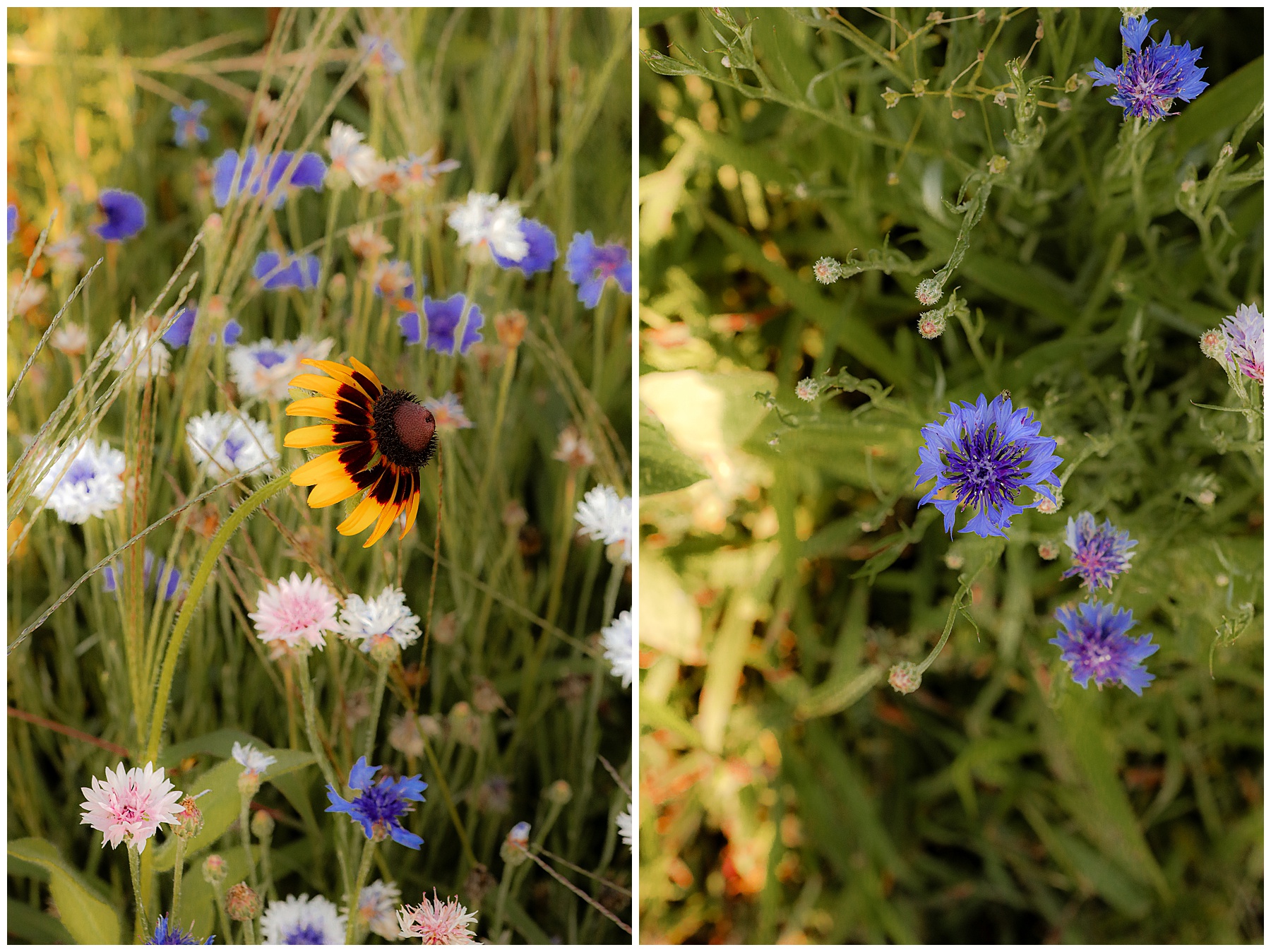
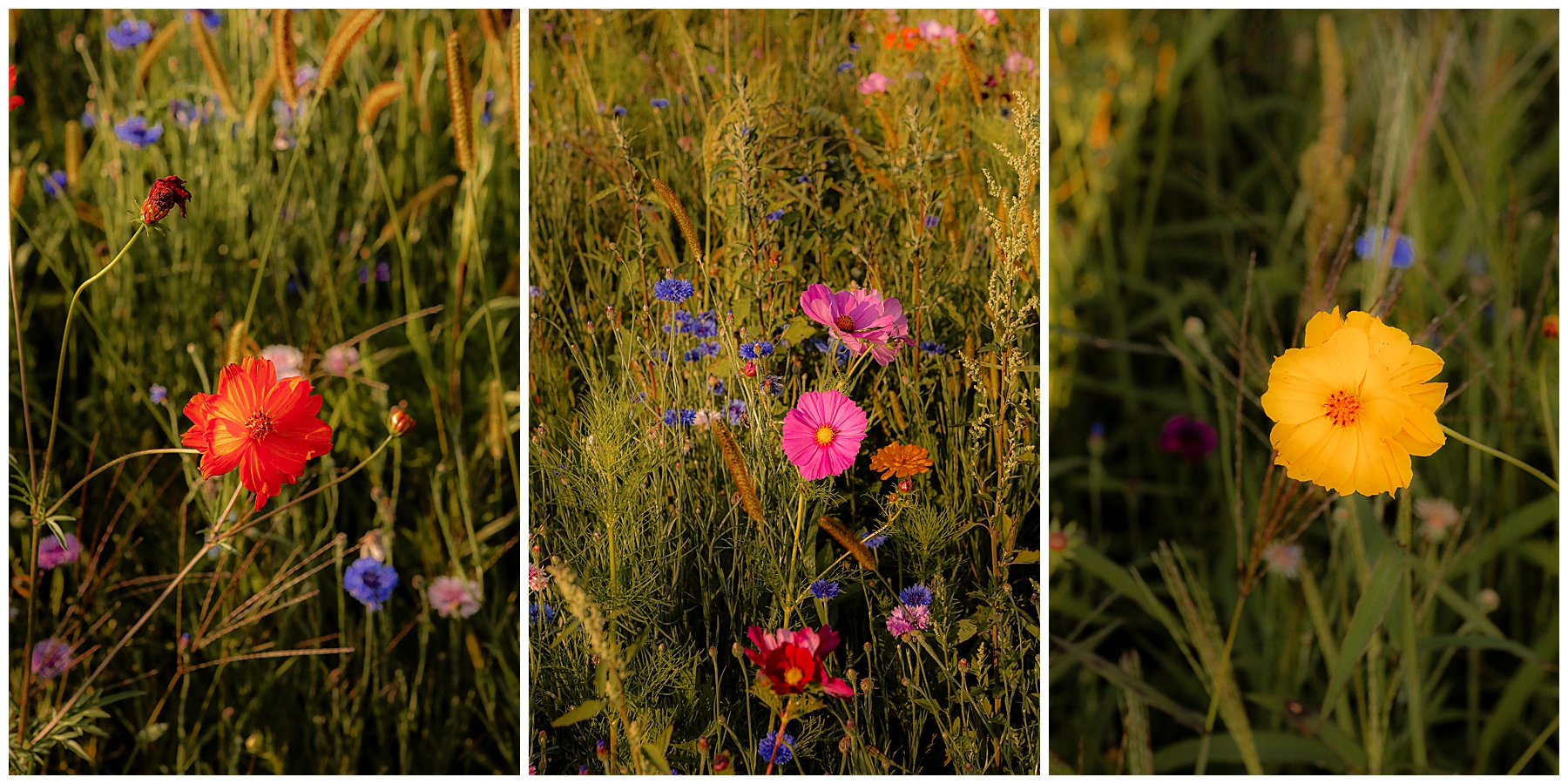
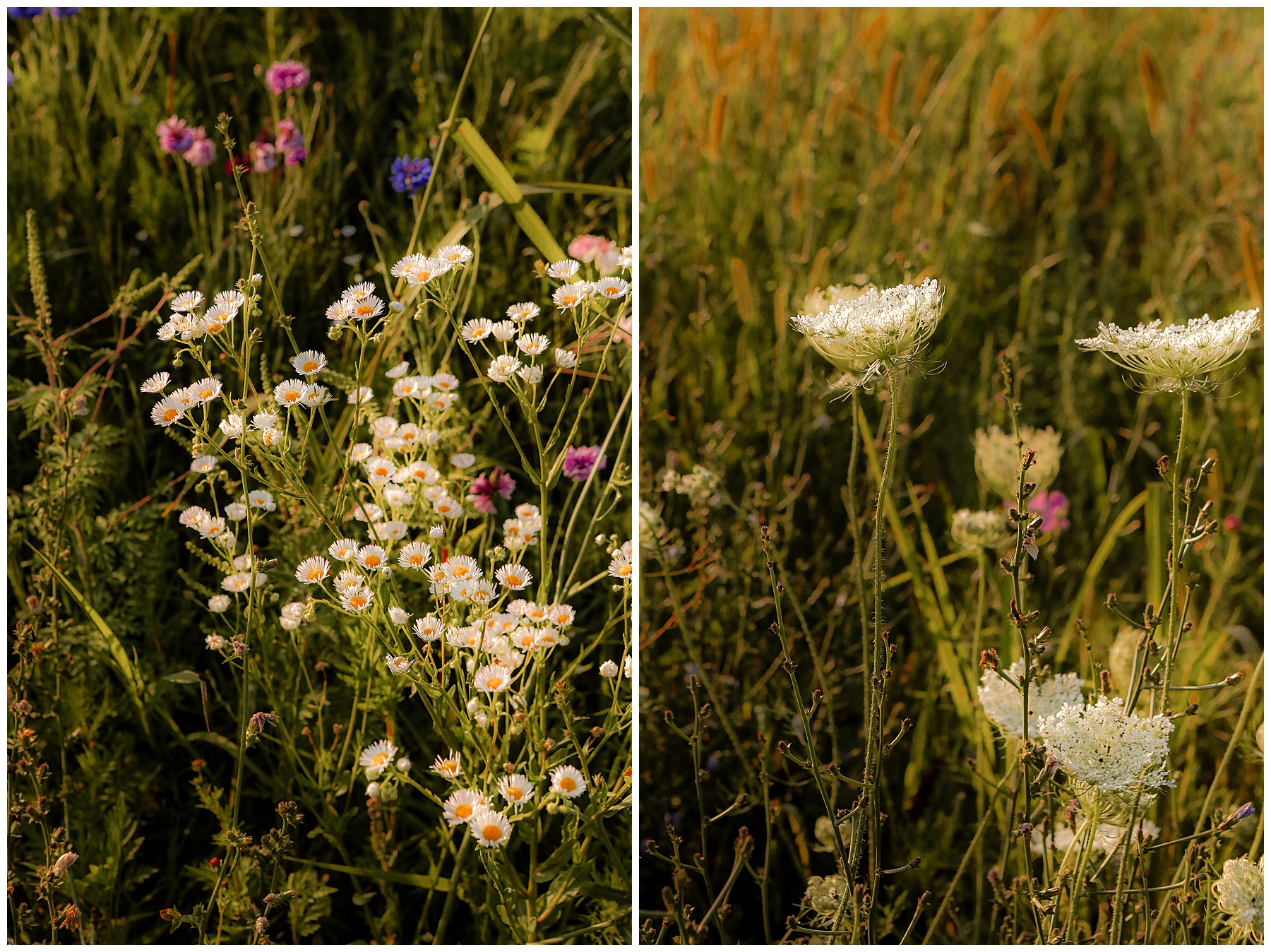
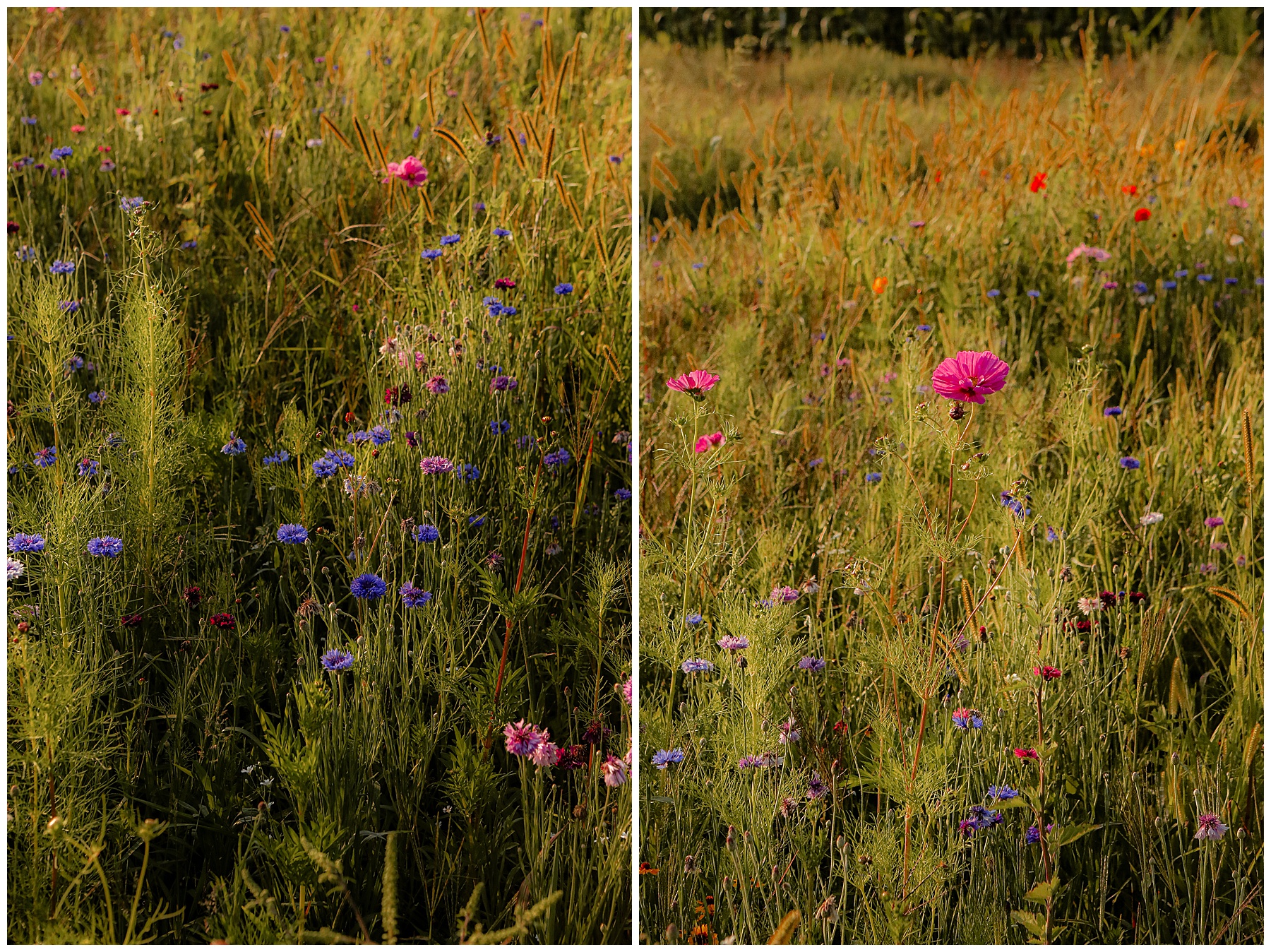
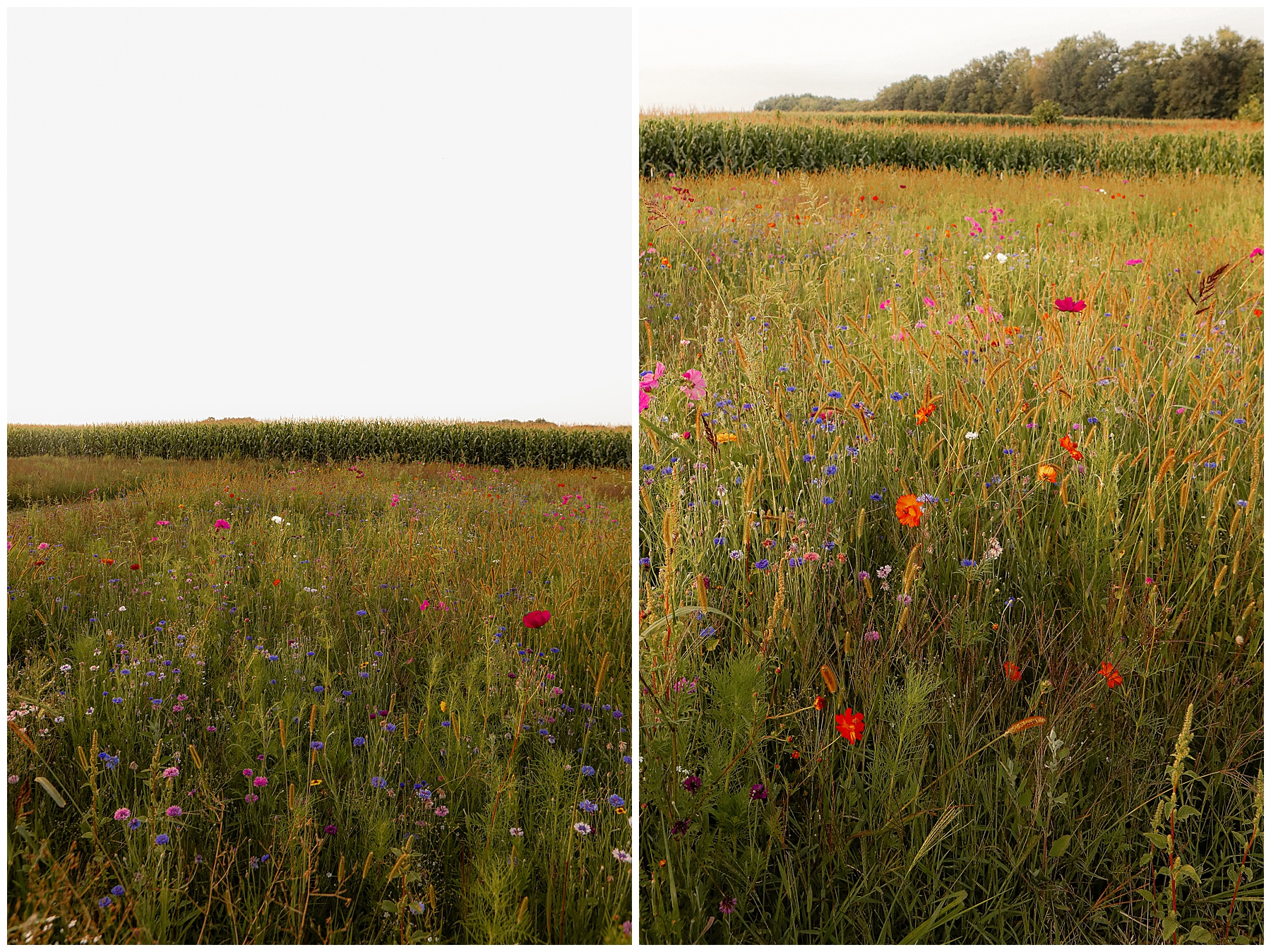
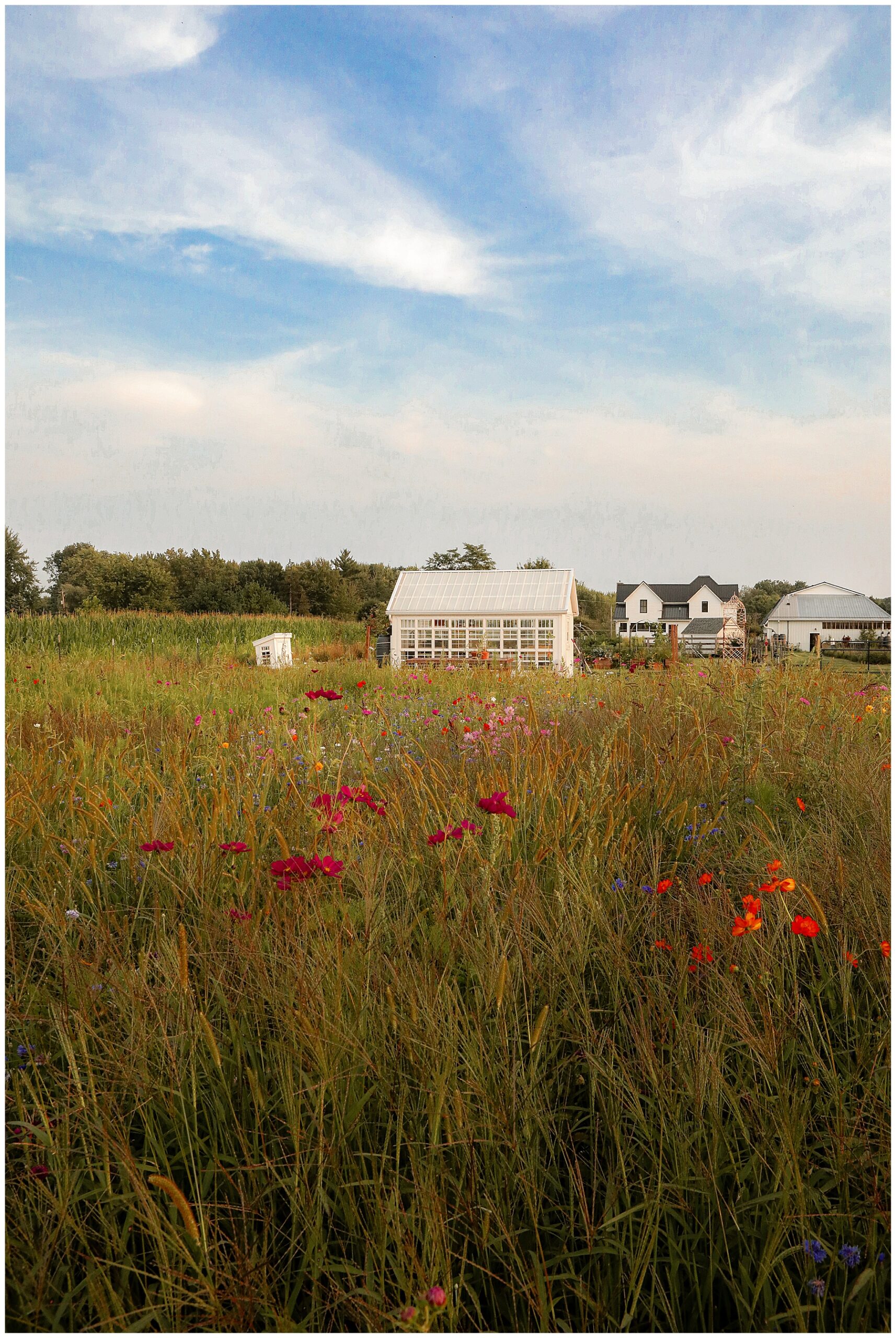
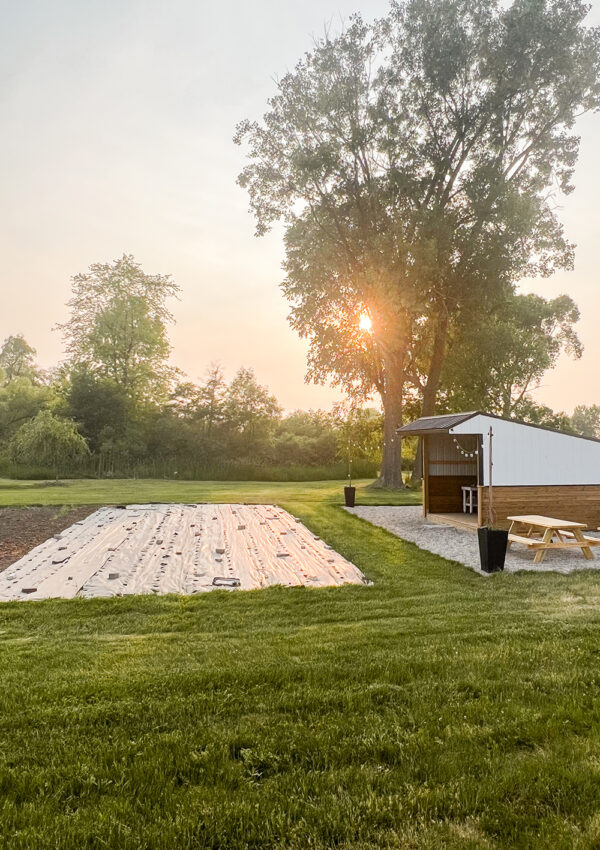
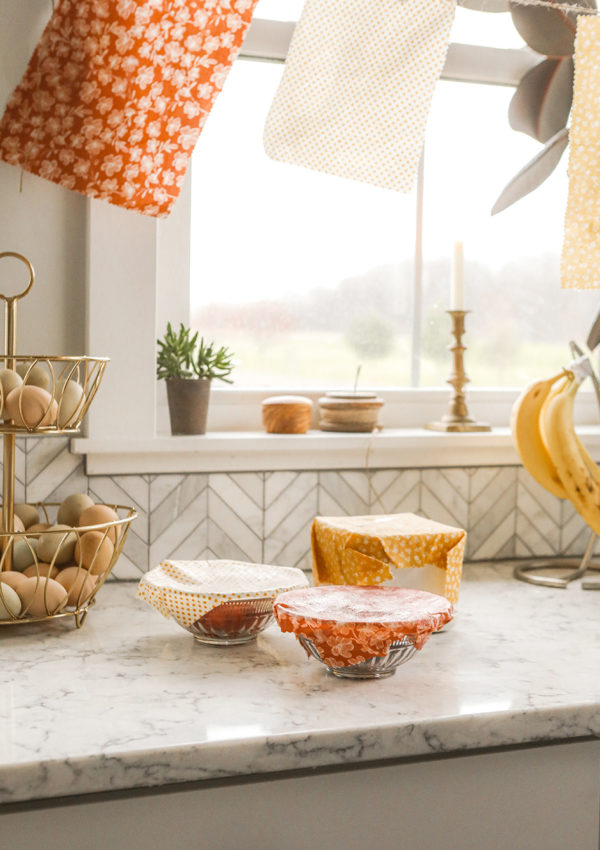
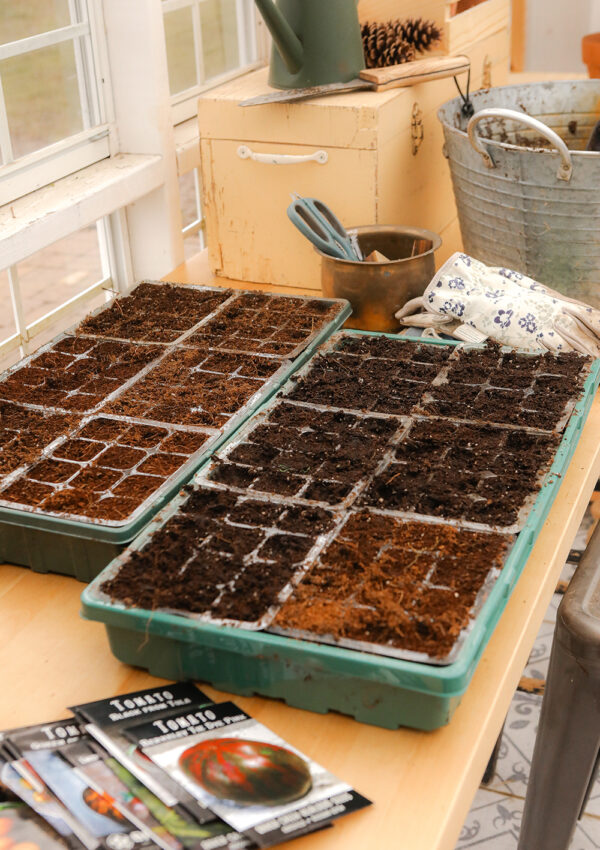
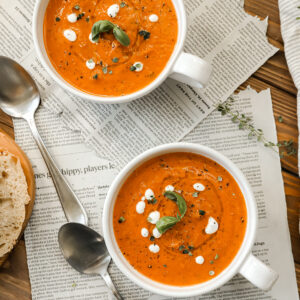
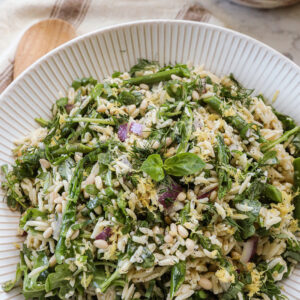
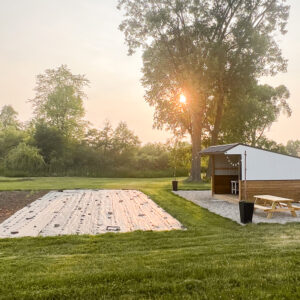

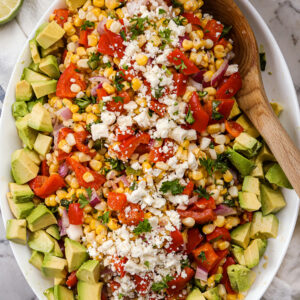
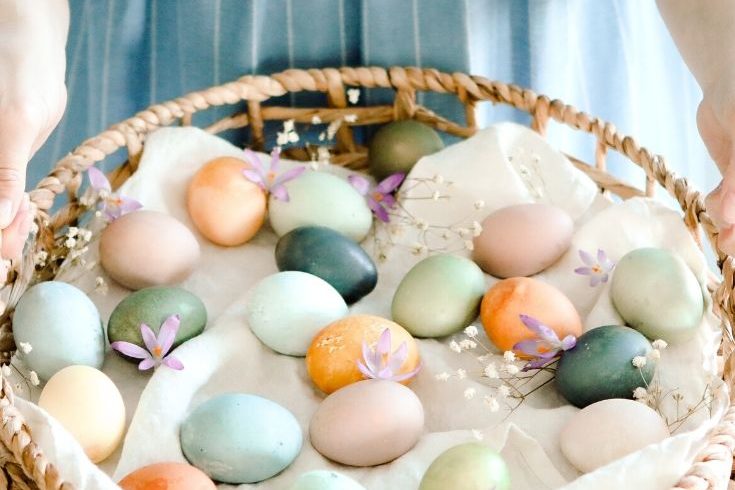
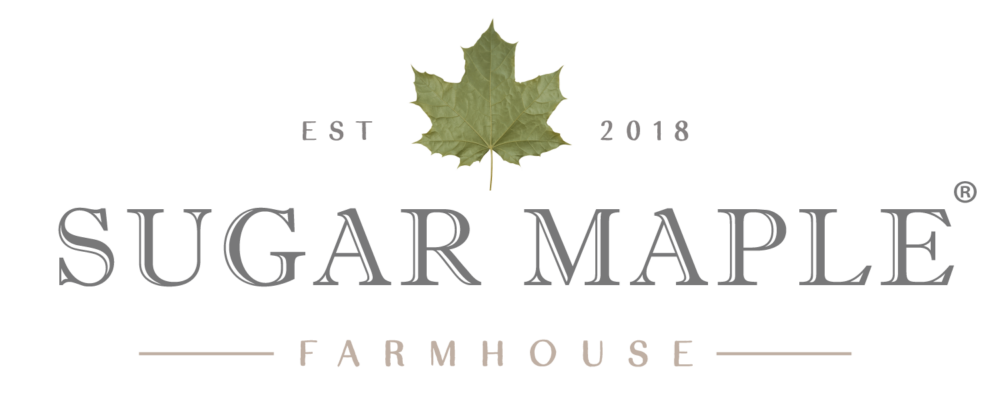
Leave a Reply